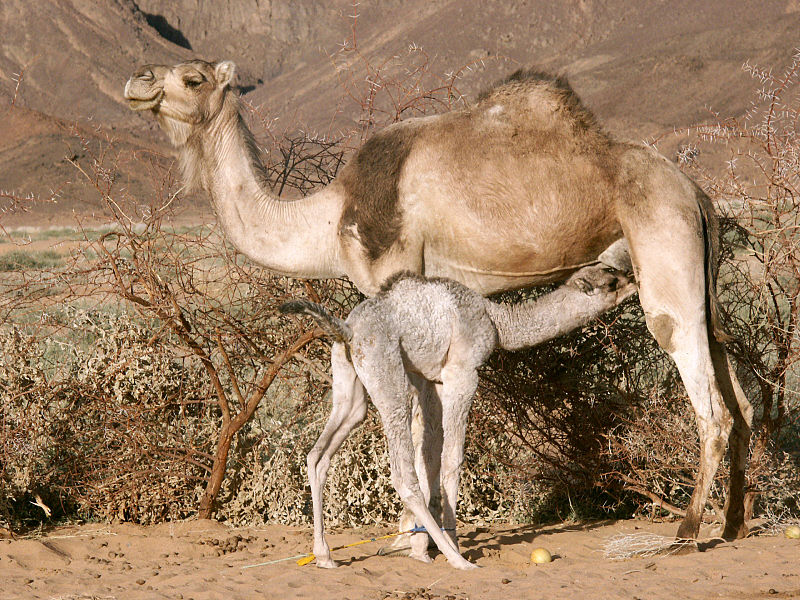
Why Don't We Drink Milk from Animals Other Than Cows?

Maybe the "camel-ccino" will be the drink that finally leads America to stray from the cow's udder.
The Dubai café chain Cafe2Go has begun to make its lattes and cappuccinos with camel's milk, an old Bedouin staple that's booming in the United Arab Emirates' modern food scene, Reuters reported.
But any baristas looking to import the craze stateside would have to contend with strict regulations from the Food and Drug Administration (FDA), and more than that, they would have to overcome America's apparent reluctance to embrace non-cow milks.
With more than 5,000 mammals on the planet, including dolphins and platypus, it seems strange that Americans should reserve their dairy palate nearly exclusively for cow products, but so long as the almighty dollar rules, giraffe milkshakes probably aren't on the horizon. [The Skinny on Milk Nutrition: Cow, Goat, Rice or Soy?]
"It all comes down to resource allocation and efficiency and the profitability of the enterprise," said Michael Van Amburgh, an associate professor of animal science at Cornell University who specializes in dairy management.
Van Amburgh says that economics and cultural heritage, not an inherent superiority of the milk itself, are the two main drivers behind cows' national monopoly on dairy aisles. Sheep and goats, which are also relatively efficient milk producers, have been in America for about as long as cows, and they do have a supporting role in the country's culinary canon. But when it comes to gallon returns, Van Amburgh says they can't compete.
He told Life's Little Mysteries this is partly because cows' docile dispositions make them easy to manage and confine, an invaluable virtue when it comes to mass production. Goats and sheep, on the other hand, "run around a lot" and tend to be most useful if raisers let them graze freely on hard-to-reach patches of grass that would otherwise go to waste.
Sign up for the Live Science daily newsletter now
Get the world’s most fascinating discoveries delivered straight to your inbox.
But even if confinement of goats to dairy-production assembly lines became the norm, Van Amburgh says their daily per-animal milk production, about half a gallon, would still keep them from being as economically attractive as cows, which each produce about 10 gallons of milk per day.
Flavor and texture, which are governed in part by fat and protein content, also contribute to cow milk's dominance in America. Water buffalo are raised around the world for their milk, including in Italy, where the product is used to make mozzarella. But as a substitute for a glass of cow's milk, or as something to pour over cereal, Van Amburgh doesn't think water buffalo milk has a lot of potential.
"Quite frankly, it's a little syrupy," he said.
Camel milk, on the other hand, tastes like "very fresh, low-fat cow's milk," according to Oasis Camel Dairy, a rare U.S. camel-milking operation in Ramona, Calif. For now, Americans will have to take the company's word for it, as Oasis is still working with the United States Department of Agriculture to arrive at grading standards for camel dairies in California, so that the product can be legally sold there.
The FDA permits the consumption of camel milk, but unpasteurized milk products must meet state standards for sale.
Follow Life's Little Mysteries on Twitter @llmysteries. We're also on Facebook & Google+.










